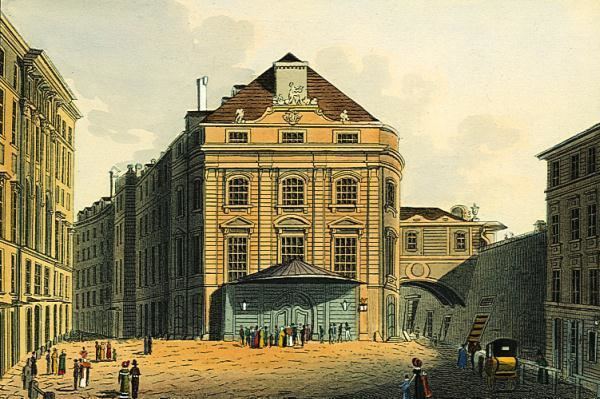 | ||
Similar Theater in der Leopoldstadt, Theater an der Wien, Theater auf der Wieden, Carltheater, Palais Lobkowitz - Vienna | ||
Theater am k rntnertor
Theater am Kärntnertor or Kärntnertortheater (English: Carinthian Gate Theatre) was a prestigious theatre in Vienna during the eighteenth and nineteenth centuries. Its official title was Kaiserliches und Königliches Hoftheater zu Wien, the "Imperial and Royal Court Theater of Vienna".
Contents
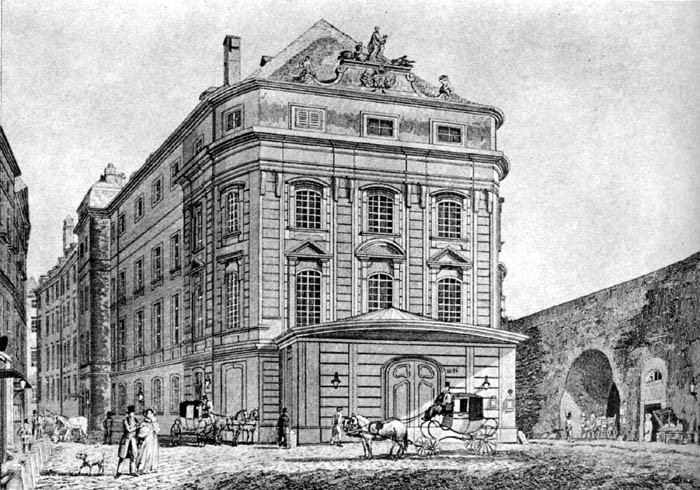
History
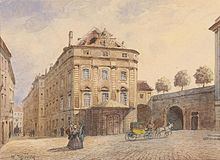
The theater was built in 1709 to designs by Antonio Beduzzi on a site near the former Kärntnertor, on the grounds of the present Hotel Sacher. The expenses of building the theater were borne by the City of Vienna, and was intended (as Eva Badura-Skoda notes) to be "frequented by the Viennese population of all classes." However, at the command of the Emperor, the first performances were of Italian opera, an elite form of entertainment. In 1711 the theater was redirected to its original purpose when it was placed under the direction of Josef Stranitzky, who put on a variety of entertainments, often embodying a German version of the Italian commedia dell'arte. The theater was managed by Stranitzky's widow after his death.
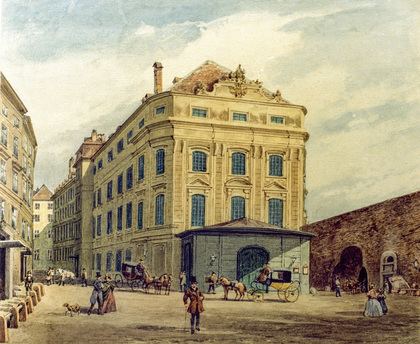
In 1728 the court artists Borosini and Selliers, who had performed intermezzi in both German and Italian, became the Kärntnertortheater's directors. From 1742 to 1750 the theatre was leased to Selliers alone. In 1752, however, Maria Theresa withdrew the imperial privilege, placing the theater under the direct scrutiny of the magistrates of Vienna.
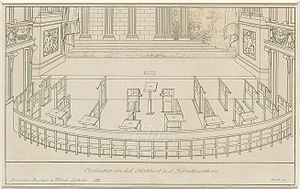
The first theatre burned in 1761 and was rebuilt by the court architect Nicolò Pacassi; two years later it reopened, again under protective privilege, as the Kaiserliches und Königliches Hoftheater zu Wien, "Imperial and Royal Court Theater of Vienna". From the early nineteenth century ballets were added to the repertory, as well as Italian and German operas. From 1811 to 1814 Ignaz Franz Castelli served as Hoftheaterdichter, "poet of the court theater". From 1821 the Italian impresario Domenico Barbaia added the theatre to the string of theatres under his management, and presented Italian operas. Beginning in 1861 the Vienna Court Opera House (now the Vienna State Opera) was built on the adjoining grounds; it was completed in 1869 and in 1870 the former theatre was razed, making way for the apartment building that became the Hotel Sacher. Gerhard Bronner's cabaret showcase stadtTheater walfischgasse used the name Neues Theater am Kärntnertor (New Theatre at the Kärntnertor) from 1959 to 1973 before adopting its present name; it is located on the next block at 4 Walfischgasse.
First performances of operas and other works
During its heyday several composers conducted the theatre orchestra, including the young Franz Lachner and Ferdinando Paer.
